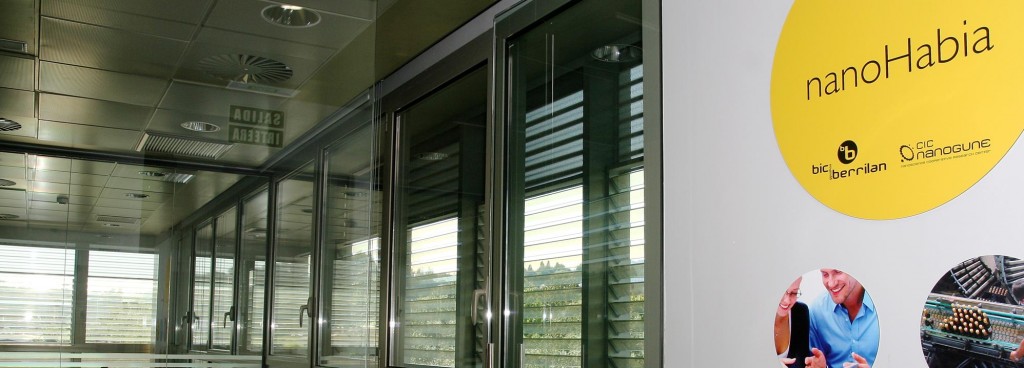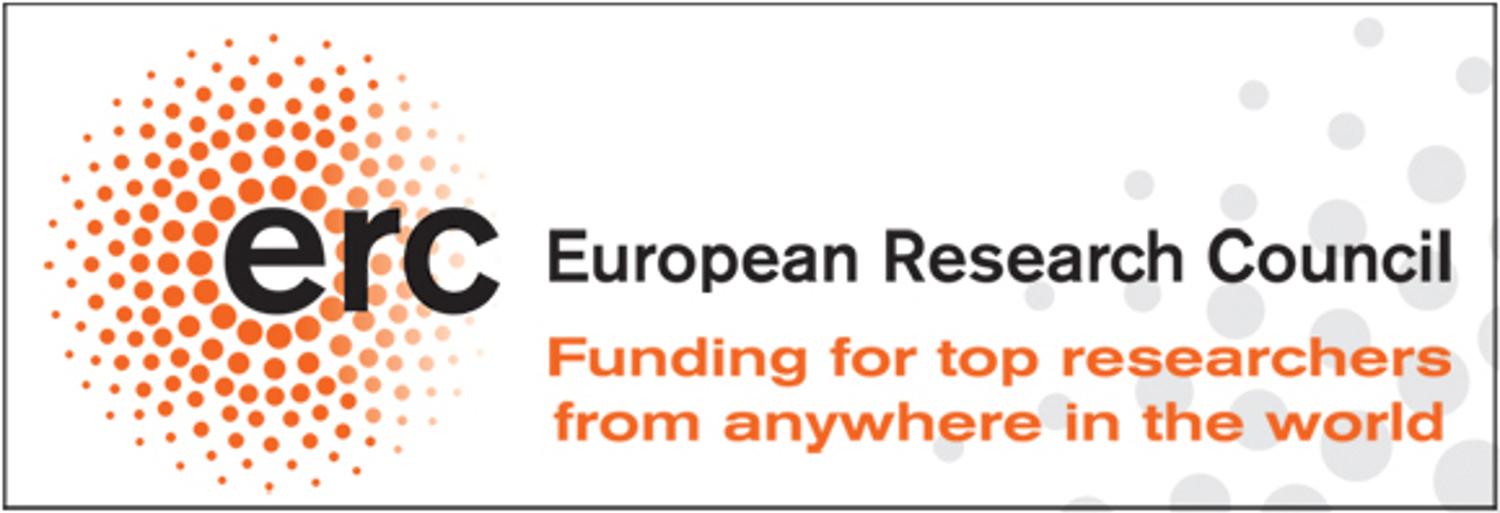Noticias
SMALL: Plasmonic Nickel Nanoantennas
In a recent article (J.Chen at al., Small, doi: 10.1002/smll.201100640) researchers from nanoGUNE have studied the fundamental optical properties of pure nickel nanoantennas. The article has been featured on the cover of the SMALL journal (Volume 7, Issue 16) and on the materials science news site Materials Views. “This study represents a step towards understanding and engineering magnetically controllable optical nanoantennas, which will be extremely useful for many developing technologies including biosensors, lasers, and solar cells”, says Richard Walters in his article “Nickel for Visible-Light Nanoantennas?”.
Nature Materials: Nano-FTIR – Nanoscale Infrared Spectroscopy with a Thermal Source
Researchers from the nanoscience research center CIC nanoGUNE (San Sebastián, Spain) and Neaspec GmbH (Martinsried, Germany) have developed an instrument that allows for recording infrared spectra with a thermal source at a resolution that is 100 times better than in conventional infrared spectroscopy. In future, the technique could be applied for analyzing the local chemical composition and structure of nanoscale materials in polymer composites, semiconductor devices, minerals or biological tissue (F. Huth et al., Nature Materials 10, 352 (2011)).
Nature Photonics: Transmission Lines for Nanofocusing of Infrared Light
A joint cooperation between three research groups at nanoGUNE reports an innovative method to focus infrared light with tapered transmission lines to nanometer-size dimensions. This device could trigger the development of novel chemical and biological sensing tools, including ultra-small infrared spectrometers and lab-on-a-chip integrated biosensors (Nature Photonics 5, 283–287, (2011) ).
Nature Materials: High Resolution TEM reveals chemical bonds
The combination of HRTEM experiments and first-principles electronic structure calculations opens a new way to investigate electronic configurations of point defects, other non-periodic arrangements or nanoscale objects that cannot be studied by an electron or X-ray diffraction analysis. In the article published in Nature Materials (Nature Mat. 10, 209-215, cover page, and News&Views article by K. U. Urban), the authors show experimental evidence of charge redistribution due to chemical bonding by means of high-resolution transmission electron microscopy (HRTEM) in two different systems: nitrogen-substitution point defects in graphene, and single-layer hexagonal boron nitride.
CIC nanoGUNE in the ScienTec 2011 Calendar
The Magnetic Force Microscopy (MFM) image of multi-domain states in interacting ferromagnetic nano-islands, which was obtained by Ph.D. student Jose Mª Porro from the nano-magnetism group under the direction of Paolo Vavassori, the group’s co-leader, has been selected amongst many entries to illustrate the 2011 calendar of ScienTec, one of the most important European suppliers of ultrahigh-resolution scanning probe microscopes.
Luis Hueso, new nanoGUNE Nanodevices Group Leader
The European Research Council (ERC) has awarded a Starting Grant to the SPINTROS proposal presented by Luis Hueso. The grant has a budget of 1.3 M€ for a 5 year work program. SPINTROS is the acronym for SPIN TRansport in Organic Semiconductors. The core objective of this project is to understand and control spin transport in organic semiconductors.
Opening of an incubator of nanotechnology-based new companies at nanoGUNE

NanoGUNE will host entrepreneur initiatives through the creation of an incubator of nanotechnology-based new companies. This nanoincubator has been launched in the framework of an agreement signed by nanoGUNE and Bic Gipuzkoa Berrilan, an instituton devoted to innovation and the creation of new companies in Gipuzkoa.
Rainer Hillenbrand receives ERC starting grant

The European Research Council (ERC) has awarded a Starting Grant to the TERATOMO proposal presented by Rainer Hillenbrand. The grant has a budget of nearly 1.5 M€ for a 5 year work program. TERATOMO is the acronym for Near-field Spectroscopic Nanotomography at Infrared and Terahertz frequencies. The core objective of the project is the development of a novel microscopy technique for three-dimensional imaging of nanostructures with infrared and terahertz light.
NanoGUNE and FEI collaborate on Advanced Electron-Microscopy Laboratory
An Environmental Scanning Electron Microscope (ESEM) and a Dual-Beam Focused Ion Beam (FIB) nanofabrication tool have been installed at nanoGUNE’s Advanced Electron Microscopy Laboratory. The purchase of these already-functional tools and a still-to-come spherical-aberration corrected high-resolution Transmission Electron Microscope (TEM) is part of an ambitious cooperation agreement signed between nanoGUNE and FEI, a leading supplier of high-end electron microscopes. The joint cooperation also includes five collaborative research projects together with demonstration and educational activities.
Nanodevices Group in Nature Physics
Luis Hueso, leader of the nanodevies group at nanoGUNE, has collaborated in a research project on organic spintronics led by CNRS/Thales. The most recent results of this collaboration have been published in Nature Physics in June 2010 in the article Unravelling the role of the interface for spin injection into organic semiconductors.
Agenda
| Lun | Mar | Mié | Jue | Vie | Sáb | Dom |
|---|---|---|---|---|---|---|
|
29
|
30
|
1
|
2
|
3
|
4
|
5
|
|
|
|
|
|
|
|
|
|
6
|
7
|
8
|
9
|
10
|
11
|
12
|
|
|
|
|
|
|
|
|
|
15
|
17
|
18
|
19
|
|||
|
|
|
|
|
|||
|
21
|
22
|
25
|
26
|
|||
|
|
|
|
|
|||
|
28
|
29
|
31
|
1
|
2
|
||
|
|
|
|
|
|
Eventos
- 28/07/2024 al 01/08/2024
International Conference on Optical MEMS and Nanophotonics - OMN 2024
nanoTECA
Encuentra fotos, imágenes experimentales, vídeos, audios y elementos de la imagen corporativa de nanoGUNE.

